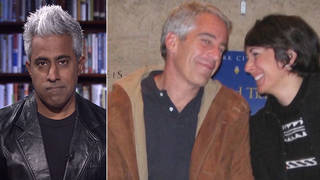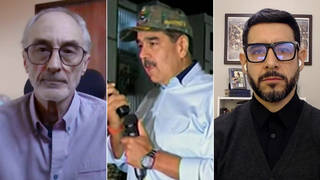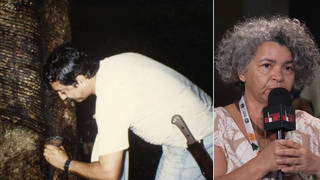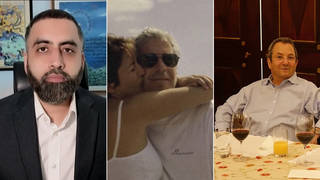
Racial justice and environmental activists yesterday demonstrated outside Citigroup’s shareholders meeting,concluding a week of protests in some 80 cities worldwide and announcing the launch of an international Citi creditcard boycott.
The activists brought to light a number of issues. Rainforest Action Network spoke out against the banking giant’sprojects which affect the environment and indigenous people in the global south. And Inner City on the Move, a SouthBronx organization, accused Citigroup of red-lining and “predatory lending” in low-income communities of color foryears.
According to government regulators, predatory lending consists of several practices, including making high-cost loansthat borrowers can’t afford to pay back so the lender can seize the borrower’s house, inducing a borrower torefinance a loan repeatedly to charge higher fees, or deceiving borrowers about the true costs and terms of theirloans. The Federal Trade Commission, in what is billed as the agency’s biggest predatory-lending action, last monthcharged that one of Citigroup’s affiliates trained its brokers to lie about loan terms and packed loans withhigh-priced credit insurance. Government officials are seeking hundreds of millions of dollars for consumers.
Citigroup has a long and complicated history, dating back to the early 19th century. In one of its most significanttransformations, Citicorp merged with the insurance company Travelers in April 1998 to create the world’s largestfinancial services conglomerate. The merger created a banking giant with a 100 million customers in 100 countrieswith $700 billion in assets, comparable to the net assets of a medium-sized country such as Argentina.
Guest:
- Ilyse Hogue, Director of the Campaign for Sane Economy.
- Matthew Lee, Executive Director of Inner City Press, Community on the Move.
Related links:











Media Options